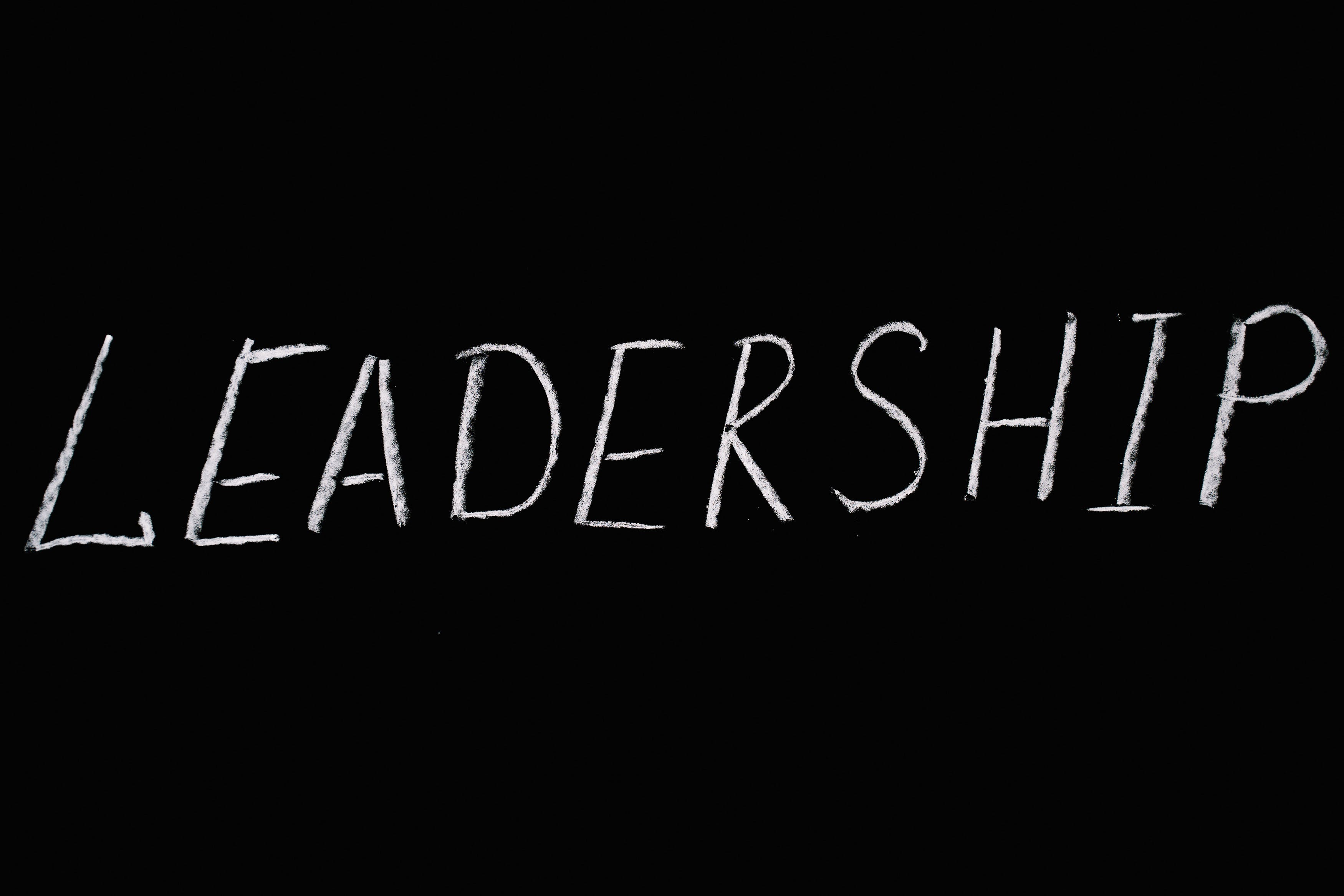Why Isn't Ageism in The Workplace A Priority?

By Thom Dennis, CEO of culture and leadership specialists, Serenity in Leadership
The workplace bias most frequently reported is age-based discrimination, with more than 1 in 10 adults in the UK indicating that they think their age has influenced their job application outcomes negatively. On a global scale, it's estimated that every second person still harbours ageist beliefs.
However, demographic shifts are ongoing, and a typical workforce today often spans five generations. Given the rising retirement age, numerous businesses are failing to capitalise on the potential for enhanced performance in their multi-generational workforce due to biases and rivalry rather than promoting collaboration.
WHY AGEISM IS SUCH AN ISSUE AT WORK RIGHT NOW
A mere 13% of organisations have age inclusivity on their radar for the next five years, yet the traditional generational workplace pyramid is evolving as people are leading longer working lives while birth rates continue to decline. Over 30% of the workforce is now aged 50 and above, which receives scant attention in most workplaces.
Ageism is deeply ingrained in our society. In one study, 36% of employees over 50 reported experiencing workplace disadvantages due to their age. Companies continue to let go of employees over 50, which can negatively impact the business’ image, particularly in tech, where a shortage of young talent is emerging. Younger generations, on the other hand, feel patronised and are often accused of being overly ‘woke’, leading to project oversights and squandered ideas, hindering both their growth and the company's progress.
Ageism is evident in all areas of the workplace from hiring practices to training opportunities, from promotions to loyalty, which in turn and together hugely impact the overall workplace culture and dialogue. While there has been commendable attention focused on gender and race inclusion and diversity, progress in combating ageism has regrettably and shamefully lagged behind.
In short, addressing ageism poses a significant challenge, exacerbated by the Western societal shift away from honouring and respecting elders, often relegating them to the status of burdens. Age discrimination, stereotypes and bias lead to missed opportunities for employees and fosters a toxic work environment which is detrimental to the overall health of the organisation.
WHY A MULTI-GENERATIONAL WORKFORCE IS SO IMPORTANT
Having employees with multiple different viewpoints and life experiences collaborating helps cultivate a mentoring, team-building environment which capitalises on talent and creativity. This leads to a resilient group of skilled and productive individuals, stronger workforce sustainability, loyalty and consistency, which facilitates the preservation of knowledge, and encourages the exchange of best practices and diverse viewpoints, ultimately enhancing emotional and cultural intelligence.
HOW TO SOLVE AGEISM AT WORK
- Determine whether the business suffers from ageism. Make certain that employees of all age groups experience a sense of inclusion and security within the workplace. Gain insight into why individuals are leaving the organisation, assess the valuable skills and talents you stand to lose, and build a strategy on how to retain potential future talent. Recognise the skills that all age groups bring from wisdom and pragmatism to creativity and positive energy and don’t assume workers will be ineffectual because of age such as ‘only the younger generations will understand and be able to work with AI’. Cultivate a workplace culture that appreciates and respects all employees of different ages and matches them to suitable roles, irrespective of age.
- Don’t make assumptions. Ask the people being affected. Seek input from a diverse range of employees to stop bias in policy determination. This includes younger generations. Educate staff members about recognising and addressing age discrimination.
- Look deeply into ageism unconscious bias, stereotypes, diversity and inclusivity. It is crucial to have leadership support and ensure the participation of all employees, management and stakeholders. We must provide regular training around it and develop and put into action policies and procedures designed to eliminate age discrimination. This includes giving concrete examples of discriminatory behaviour, clear reporting mechanisms for incidents, and established protocols for addressing grievances.
- Check your messaging reflects diversity in age. As with any type of diversity, the organisation needs to reflect its clients or consumers, but it needs to be done authentically rather than as an add-on.
- Encourage collaboration between the generations. Have a culture which strengthens intergenerational bonds and seeks inclusion amongst all. Perhaps implement reverse mentoring programs by pairing colleagues from different age groups to work together on tasks. Encourage interest, honesty and a readiness to learn and adapt.
- Encourage employees of all ages to feel they have a future in the business. They want to feel valued like they have a purpose and can feel secure in their job. Ensure company social activities are age-inclusive so that you encourage participation from all employees.
- Respond to complaints. Actively listen to, and address any complaints or concerns related to discrimination. Create channels for employees to report age-related discrimination or harassment, and ensure you have effective solutions in place to take the necessary actions.
- Evaluate your hiring process. Examine your recruitment procedures to guarantee that the ideal candidate description is unbiased and refrain from requesting prejudiced information.




